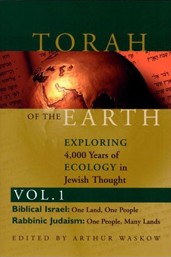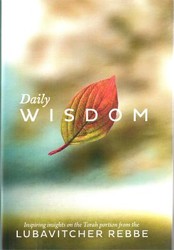By
– June 25, 2012
“The formative ecological experiences of the ancient Israelites affected their outlook and behavior not only for a time but, indeed, for all time.” Daniel Hillel, professor emeritus of environmental sciences at the University of Massachusetts and senior research scientist in climate systems at Columbia University, argues that environment helped shaped the Israelites’ beliefs and values, and Judaism as we know it today.
Traveling through and living in all the regions of the Near East, the Israelites absorbed the cultures of the peoples who traversed this crossroads and lived in a variety of ecological settings. This background, Hillel proposes, led the Israelites to see a universality in the broad range of human and natural environments they experienced, a universality that eventually evolved into a belief in one God, a God who would move with them and protect them against hostile environments and hostile people. And when, now and then, that God did not protect them, the Israelites looked into themselves for the reasons.
Whether or not the reader fully accepts Hillel’s arguments, The Natural History of the Bible makes the terrain and people of the Bible visible and alive — the winds of the desert, the rising and falling of the Nile, the hospitality and harshness of nomadic clans. With habitat as a backdrop, Hillel uses his intimate knowledge of the Bible and Israel’s environment to lead the reader through the Bible, placing its words, people, and actions in the settings that inspired them.
More than an environmental exploration, the book draws on scholarship in science, history, archeology, anthropology, and literature to recreate a culture that has outlived all its contemporaries and persists to this day. Sidebars examine byways of Jewish lore and culture, opening new paths. Stimulating and richly informative, this book can be seen as ecological midrash, with insights that will animate any reading of the Bible. Appendices, biblio., charts, illus., index, maps, notes.
Maron L. Waxman, retired editorial director, special projects, at the American Museum of Natural History, was also an editorial director at HarperCollins and Book-of-the-Month Club.




